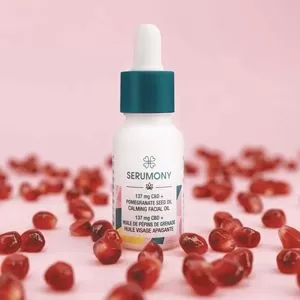- CBDStore.ie Team
- Articles & Blog about CBD
- 0 likes
- 0 comments
Difference between CBD and CBDa
We often get enquires on the difference between CBD and CBDa. While browsing our website you probably noticed that we offer most of the CBD oils and extracts in two options: CBD on its own and also raw products with CBD+CBDa.
Both CBD and CBDa are cannabis plant compounds. In the recent years they became much more popular and are often mentioned because of their potential medicinal properties. What are the main differences between the two?
CBD and CBDa
CBD (cannabidiol) and CBDa (cannabidiolic acid) are both classified as cannabinoids. In simple words, CBDa is an acidic precursor to CBD. Naturally hemp/cannabis plant contains CBDa (and/or THCa). It is only when the plant or CBDa is heated to about 120 degrees Celsius it becomes CBD by decarboxylation process (for example through smoking, cooking, vaporization). The initial form of CBD, CBDa, is often described as “inactive”, however recent study suggests it is not entirely true – it is for example thought to have anti-inflammatory or anti-proliferative traits. CBD is also found to have the same properties among many more. It is worth emphasizing that both CBD and CBDa are not psycho-active and will not get you high.
In terms of product choice – CBD drops or raw CBD+CBDa drops you are choosing between heated (decarboxylated) oil and raw unfiltered and unheated oil. Note that CBD content varies on the two products. For example 3% CBD oil drops contains 300mg CBD, but 3% CBD+CBDa contains about 100mg CBD + 100-200mg CBDa. It is a matter of personal choice whether you prefer fully unprocessed oil with CBDa and CBD (but with less CBD) than the oil with more CBD (no CBDa), which is processed as explained above.





















Comments (0)